Home / Black Mold on Weed: What It Means, How to Spot It, and How to Save Your Grow
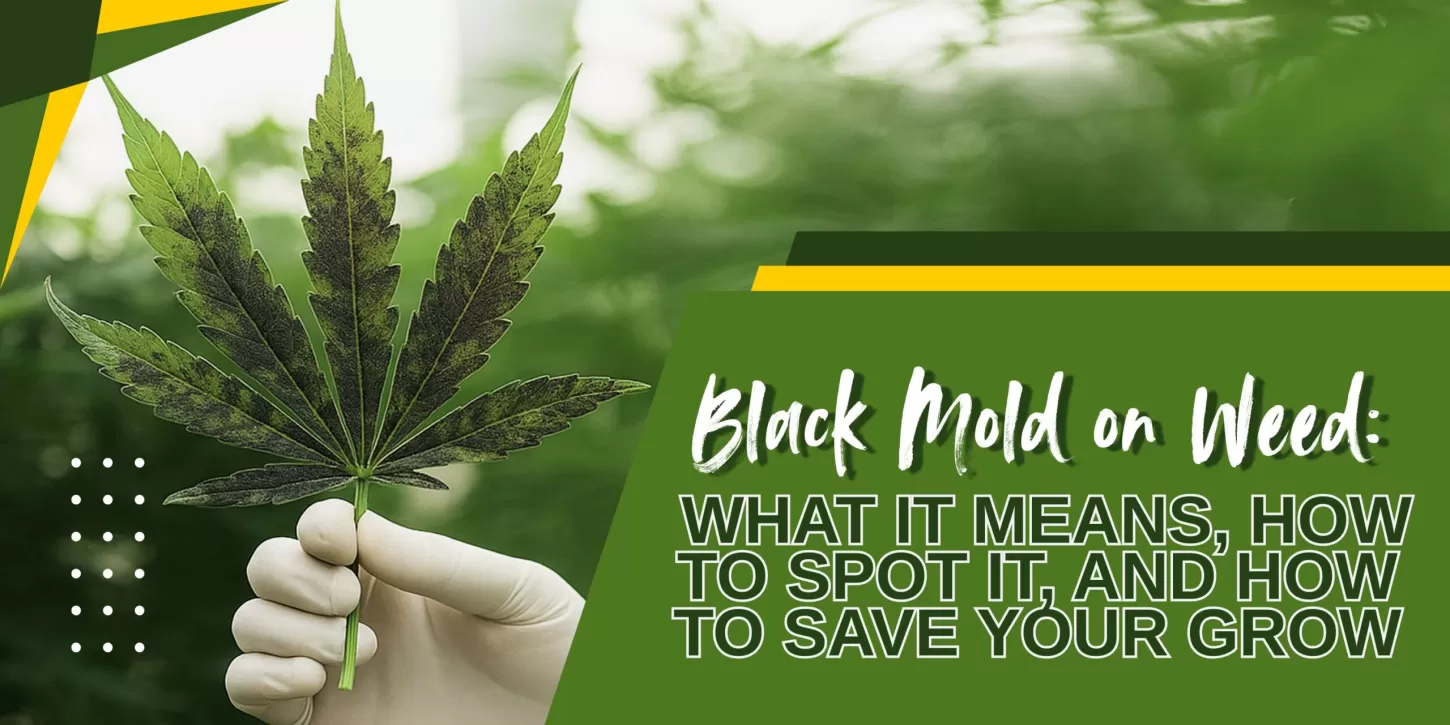
If you ever noticed black mold on weed plants, you know how scary it tends to be. Black spots, fuzzy patches, and strange black leaves on weed can turn a productive grow into a gardener’s nightmare in no time. Black mold on weed isn’t merely unsightly—there’s a significant risk to the health of your plants from black mold, and it can be harmful to anyone who consumes affected buds. Let’s explore the nitty-gritty as to what makes black mold, how to avoid it, and how vigilance is the best oar against a healthy, plentiful harvest.

Black mold technically, with the name Aspergillus or Botrytis in some cases thrives in warm, humid conditions—just like cannabis does if grown improperly. Black Out of The Blue on Weed – There are several reasons for the sudden appearance of black on weed leaves and buds due to poor air circulation, too much humidity, too many plants in a tight space, and a dirty growing area.
When black mold attacks, it doesn’t stop at the surface level. It infiltrates the plant tissue that leads to the weed that has black leaves, brown mold on the weed, and ultimately dead, rotting buds. It can also destroy your whole crop if not treated and in addition to this unsightly damage.
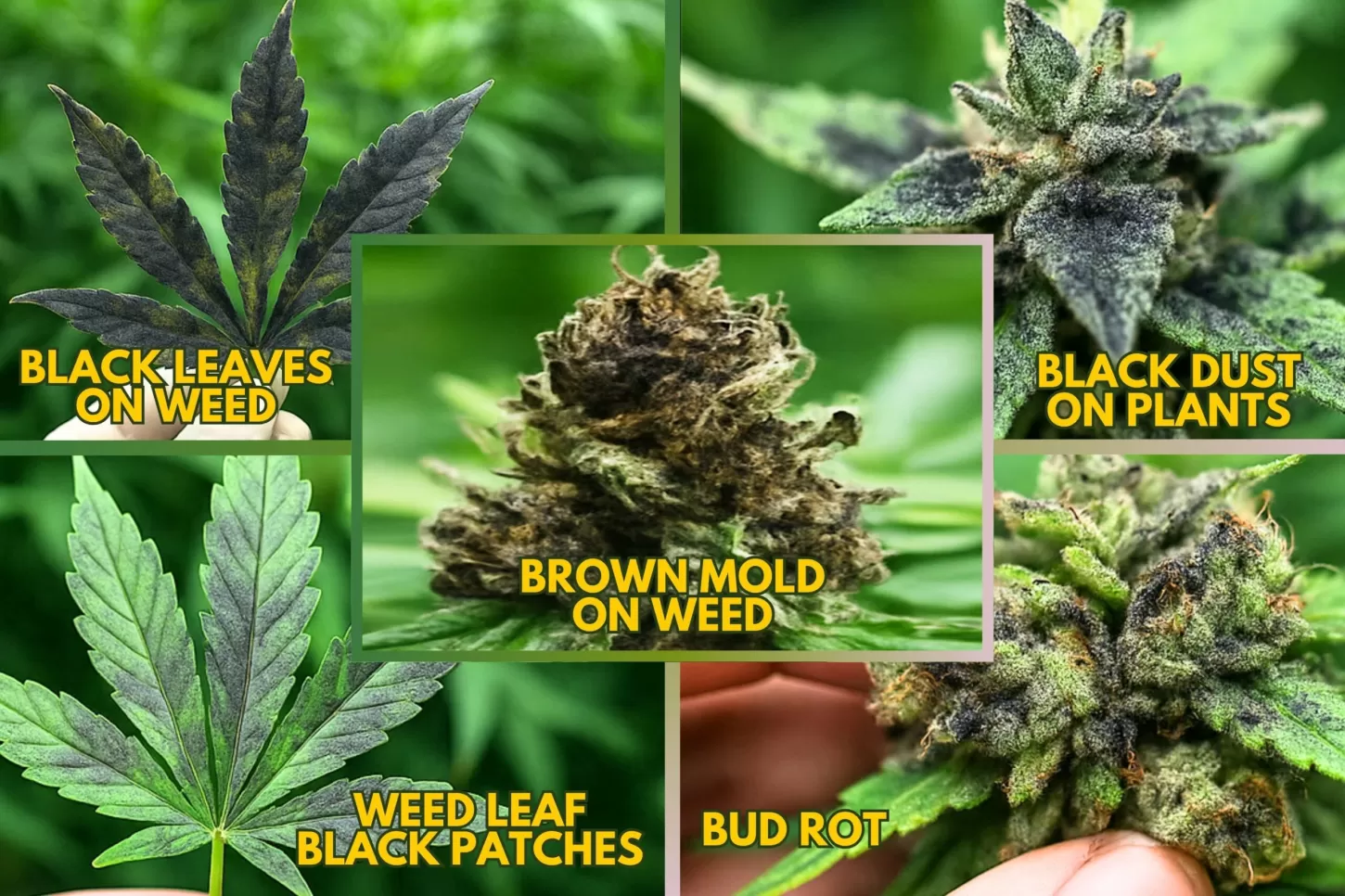
It is important to detect mold as early as possible. Here’s what to watch for:
In short — yes, black weed is bad. Moldy weed can create mycotoxins and spores that are unsafe to breathe. Ingesting such weed as food can lead to anything from respiratory issues to allergic reactions to lung infections. It’s simply not worth the risk to eat weed that’s gone compromised, regardless of your level of desperation.
Speaking of smoking weird things—if your outdoor crops get infested, then maybe you’ve heard the rumor about smoking caterpillar poop. Spoiler alert: it’s bad too. They can bring with them infectious bacteria and fungi that can be harmful to your buds and contribute to black mold problems.
It is far easier to prevent something than to fix an outbreak. Here’s what to do to safeguard your crop:
Many growers have even asked about adding honey during flowering. Honey has natural antifungal properties and can be a mild nutrient source but it should be used with caution. Although it might offer some benefits in terms of plant health, using it inappropriately (especially dripping honey onto plants) might go against the intended purpose of preventing mold from growing in the first place.
If you notice early signs of black mold:
If the majority of the plant seems affected, it’s safer to toss it out than risk inhaling toxins later on.
Sometimes what looks like black mold could be something else:
Always investigate thoroughly before deciding on a treatment plan.
Black mold on weeds is every grower’s nightmare—but with knowledge, vigilance, and fast action, you can protect your garden. Always watch for signs like weeds with black leaves, black dust on plants, or brown mold on weeds. Remember, when in doubt, it’s safer to toss contaminated buds than risk your health.
Stay smart, stay clean, and grow those healthy, happy plants that make all the hard work worth it!
1. How can I tell the difference between natural purple strains and moldy black weed?
Natural purple strains like Pink Acai Strain or Zlurpee Strain will have consistent, vibrant coloring without fuzzy, dusty textures. Mold will look patchy, soft, and often smell musty.
2. Can washing buds remove black mold?
Washing can remove some spores but doesn’t eliminate the mycotoxins that mold produces. If the infection is deep, the bud is unsafe for consumption.
3. Does black dust on plants always mean mold?
Not always. Black dust could be sooty mold from insect activity or harmless dirt. However, in cannabis grows, any unusual dust should be treated with caution.
4. Should I use fungicides to treat black mold on weed?
Organic fungicides can help in very early stages, but once mold is visible inside buds, it’s best to remove the affected parts completely.
5. How does adding honey during flowering impact mold risk?
Honey can be a double-edged sword. When used correctly in the soil or root zone, it can boost microbial life. However, getting honey on buds or leaves can actually increase the risk of mold by feeding spores.
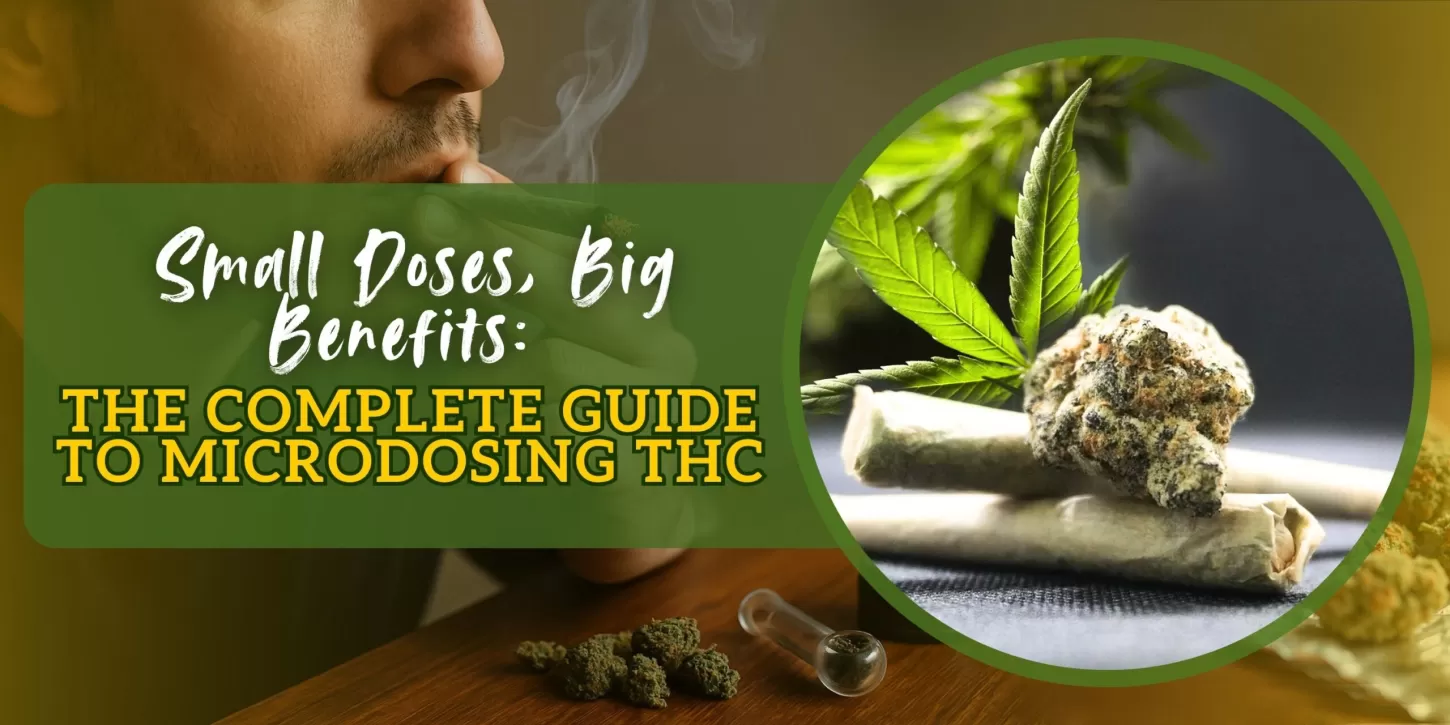
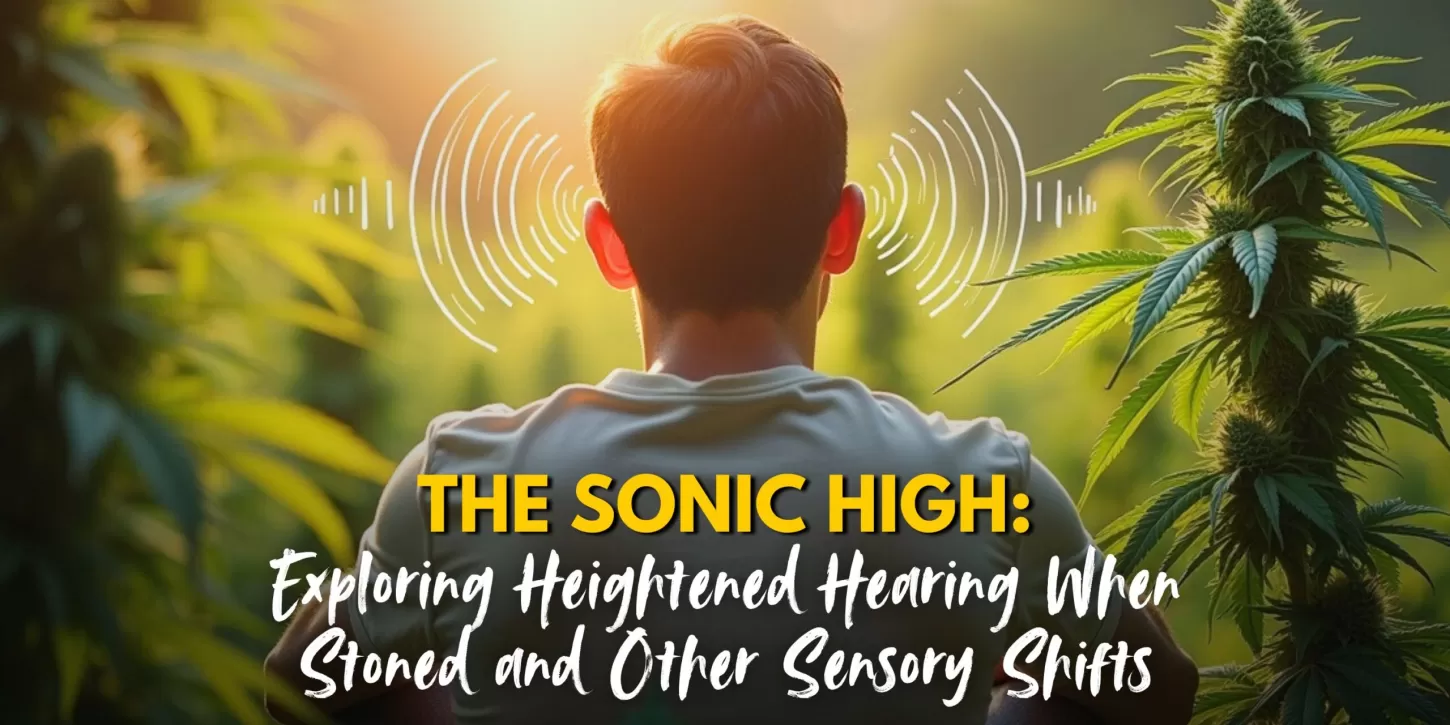
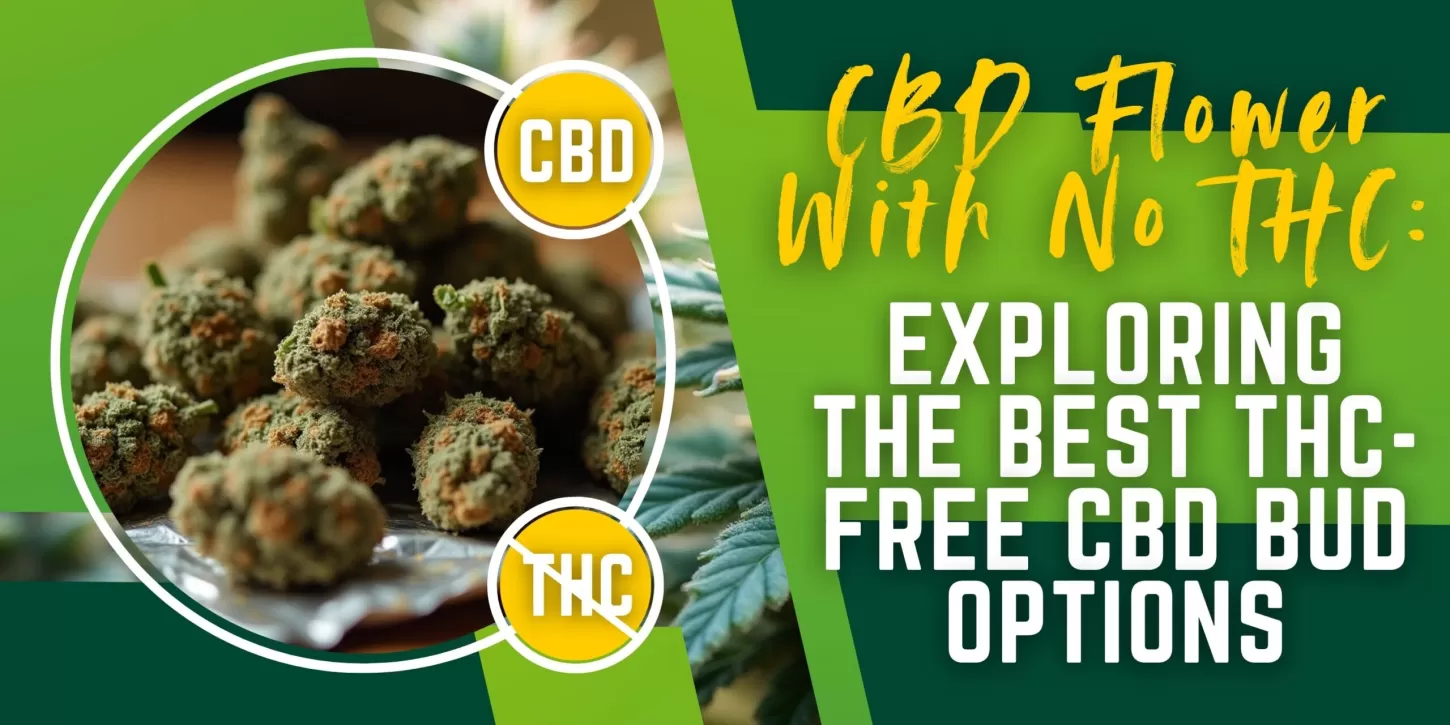
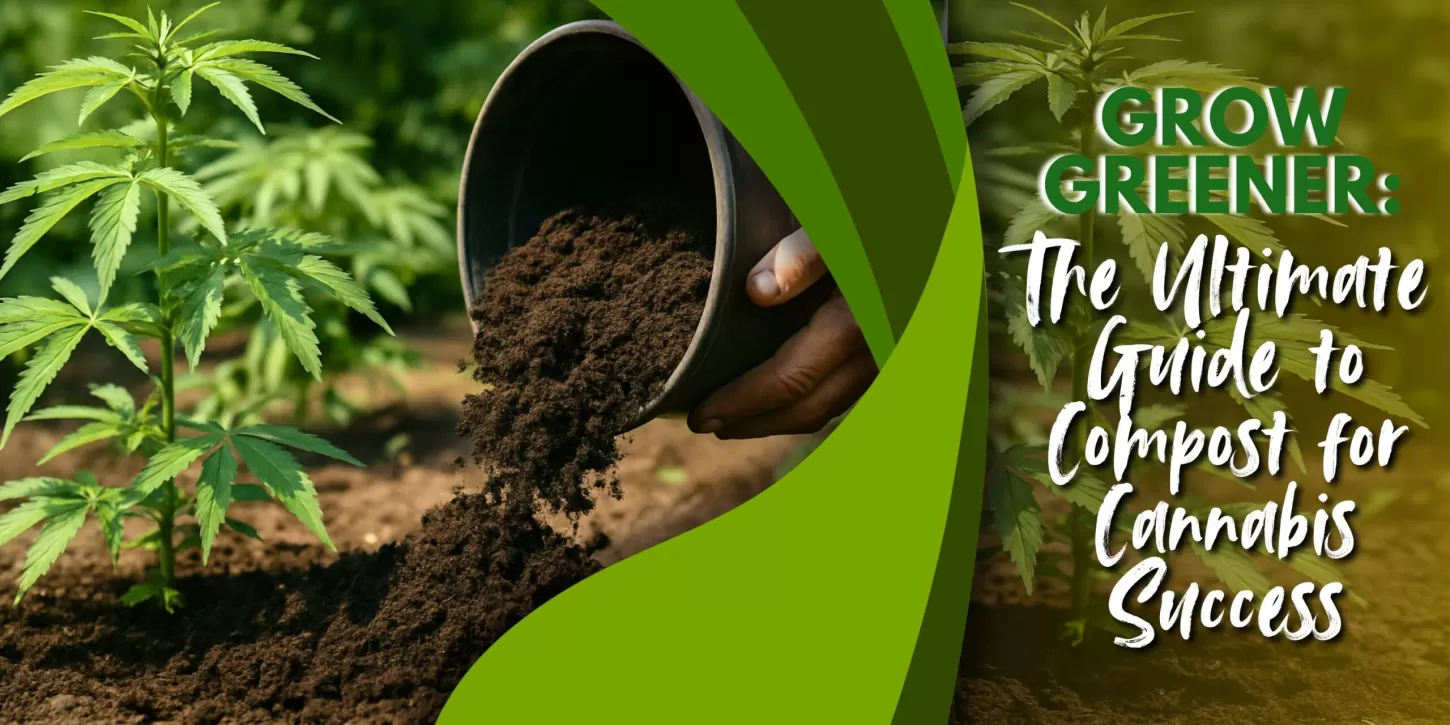
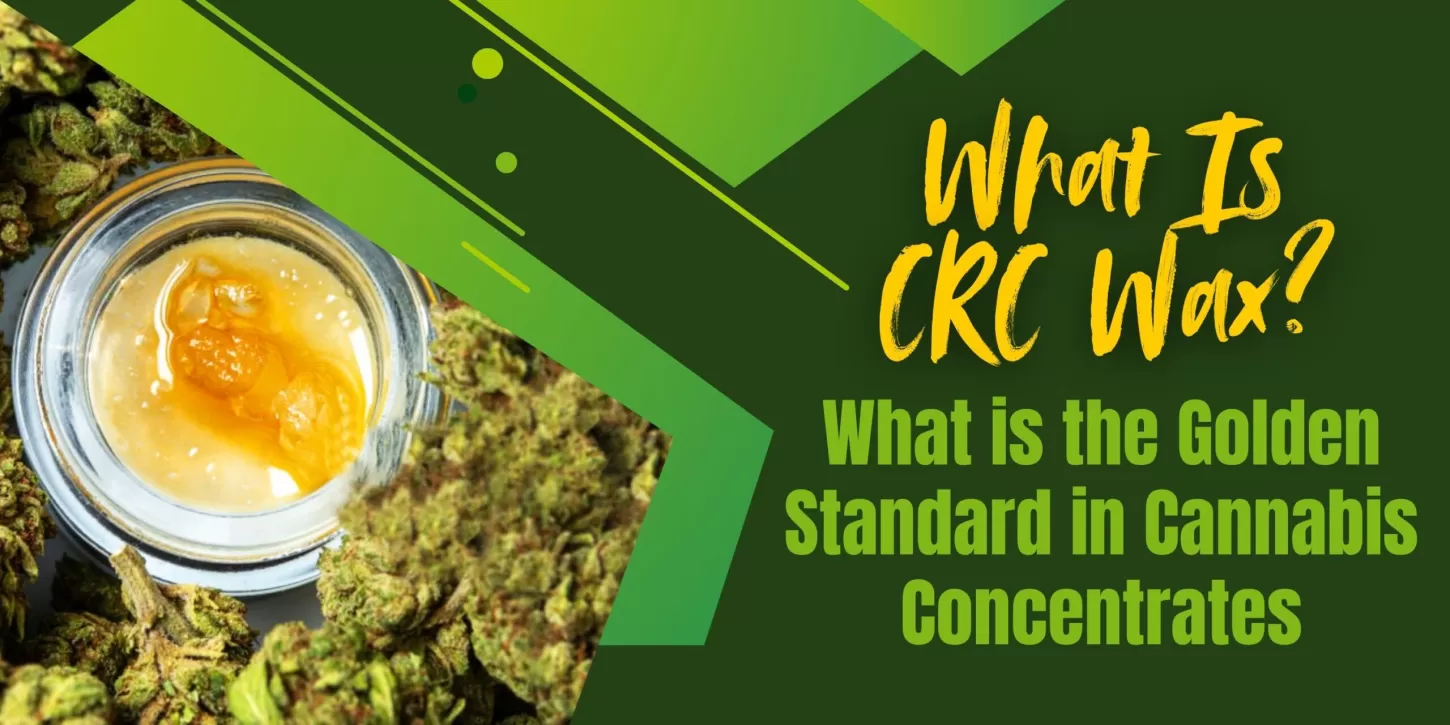
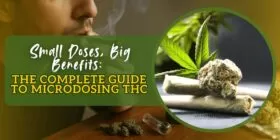


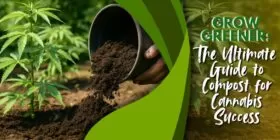
Explore a world of possibilities with VancouverSeedBank.ca. Your premier source for premium cannabis seeds, delivering quality, variety, and discreet shipping for a seamless growing experience.


Are You 18 Or Over?
By selecting “Continue”, you confirm that you are at least 18 years of age and legally permitted to access cannabis related content in your region.
By using Vancouverseedbank.ca, you agree to our terms of service.